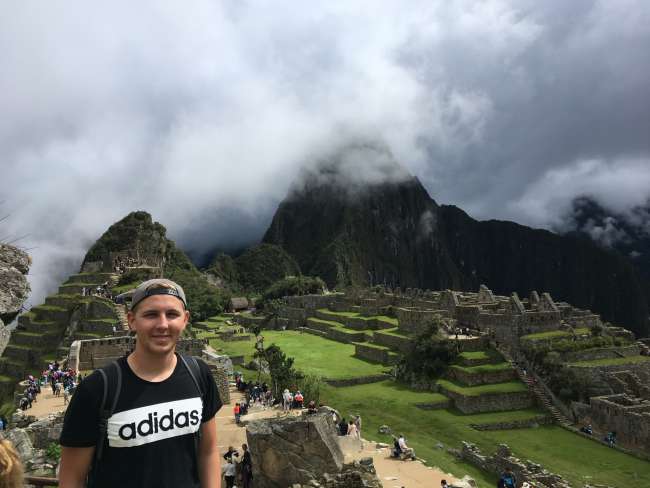Potosí, Sucre & La Paz (BOL)
已发表: 08.04.2017
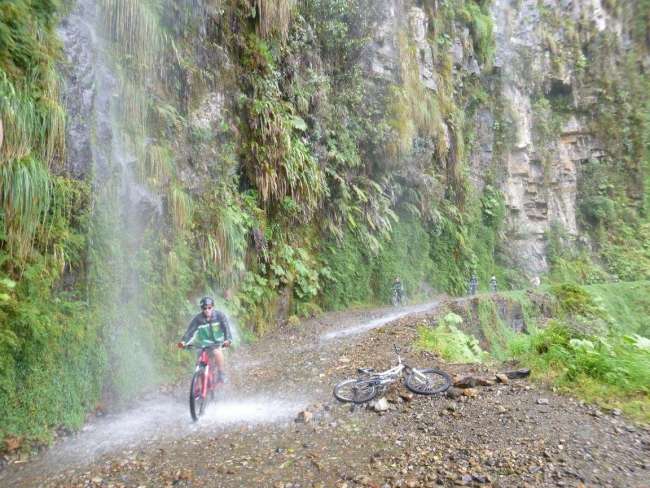
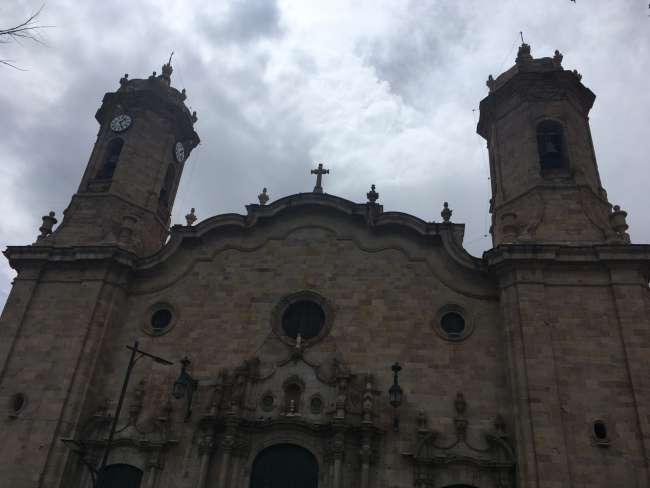
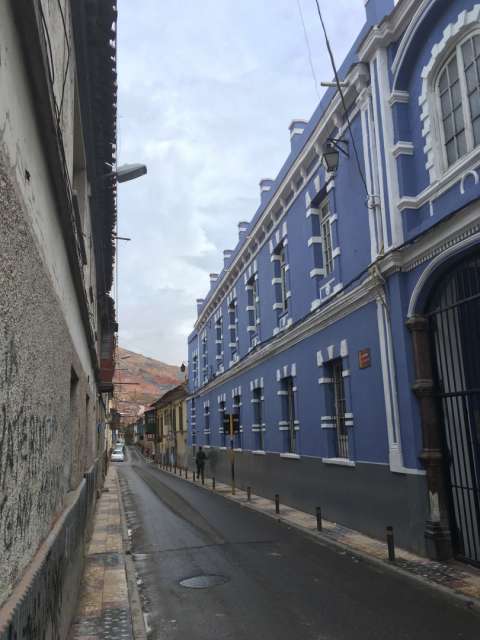
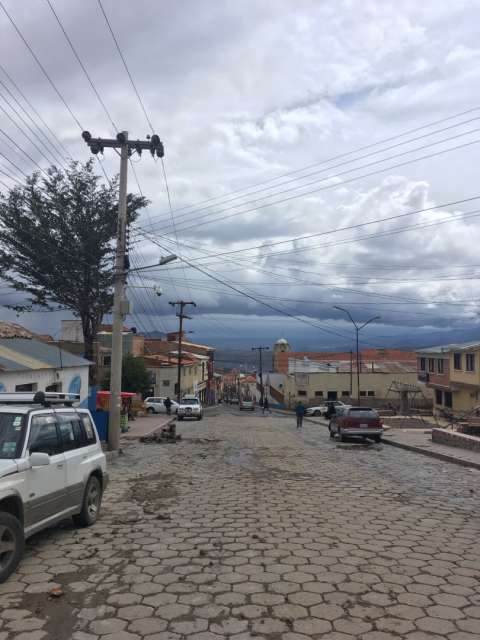
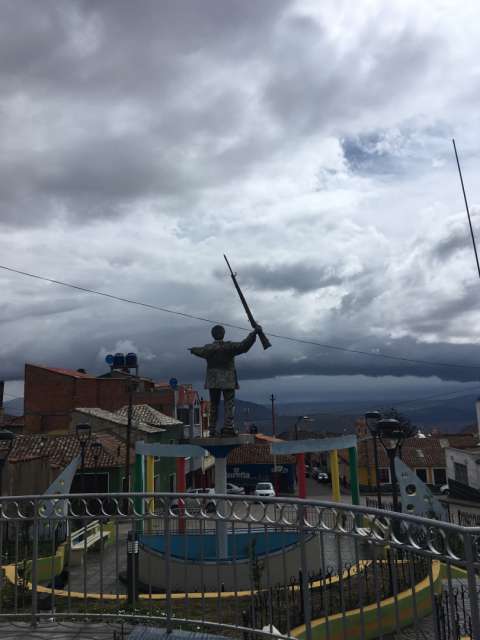
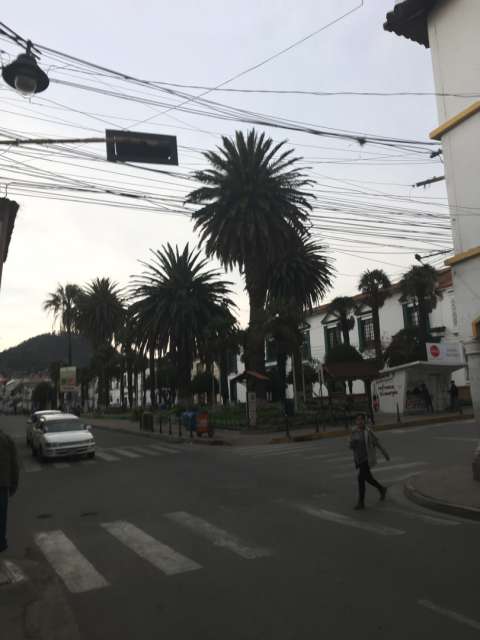
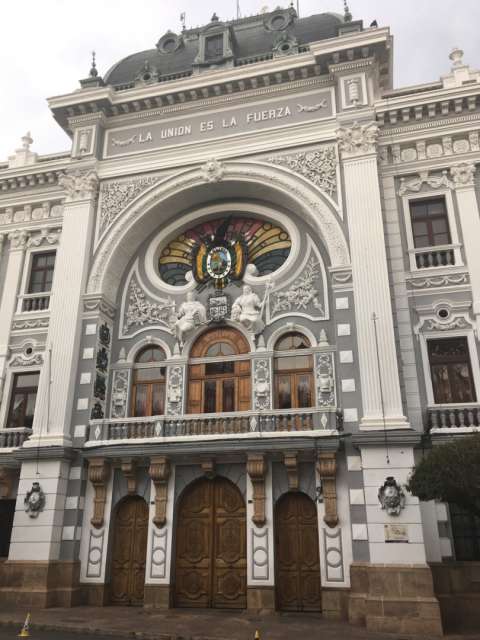
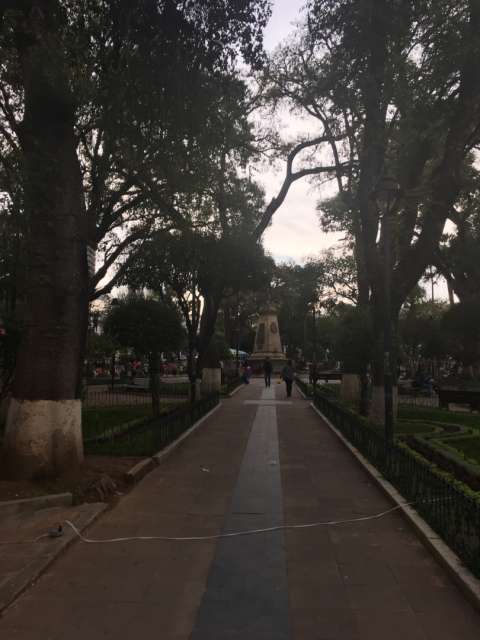
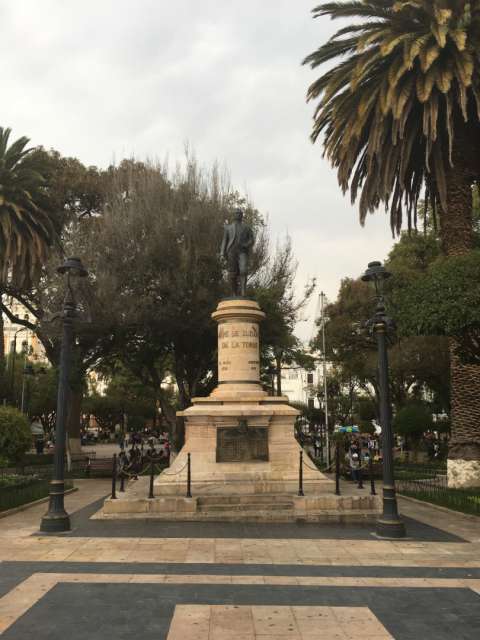
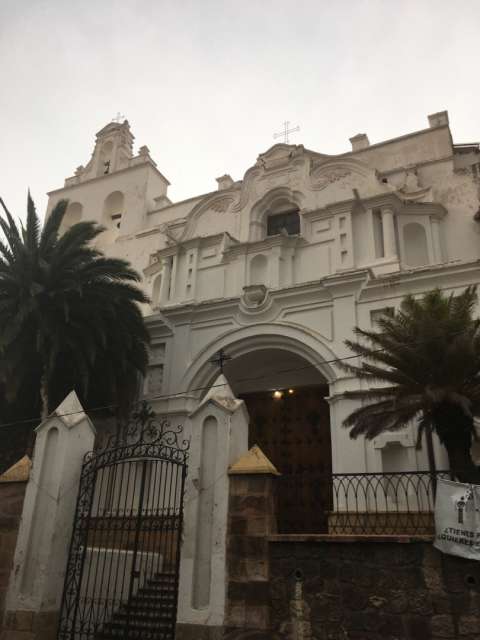
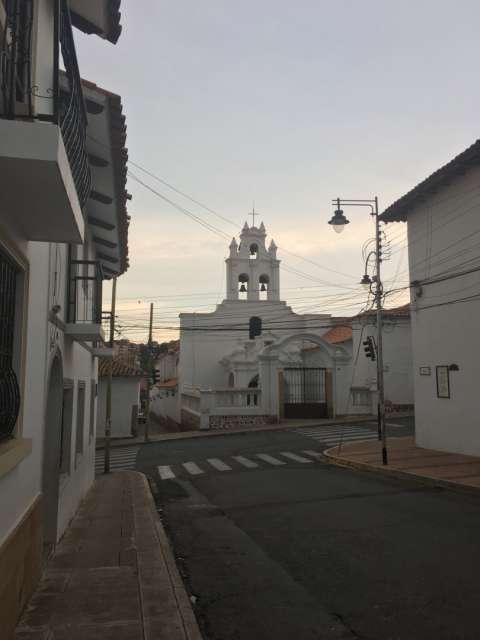
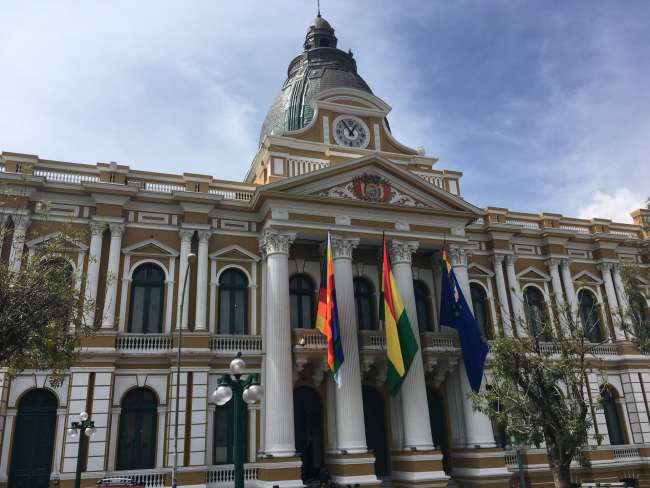
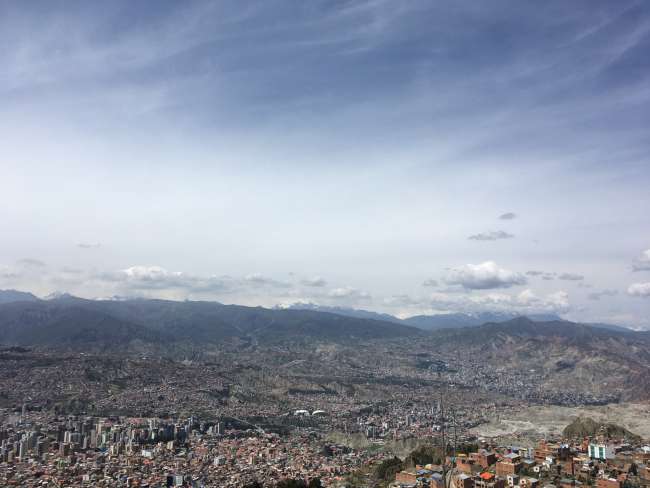
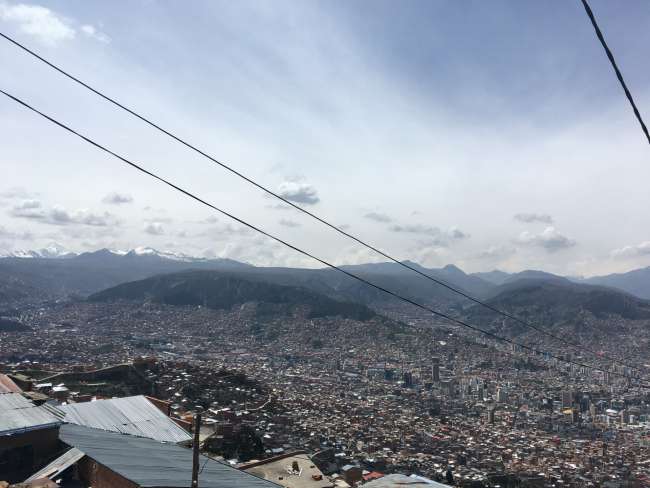
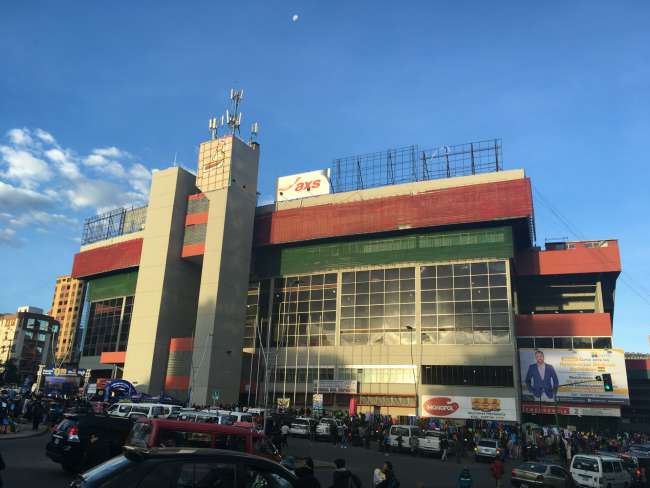
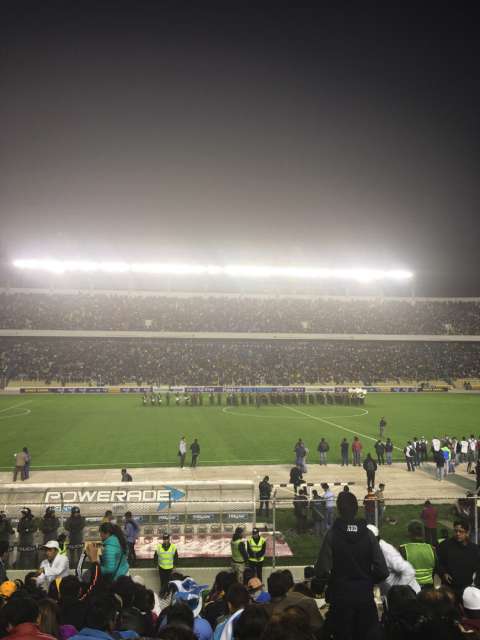
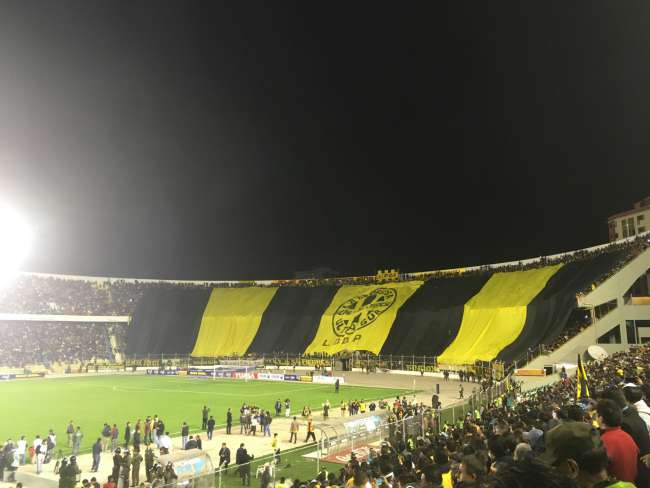
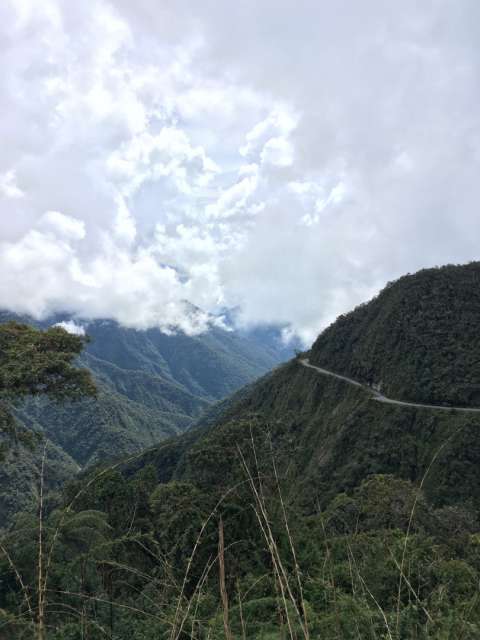
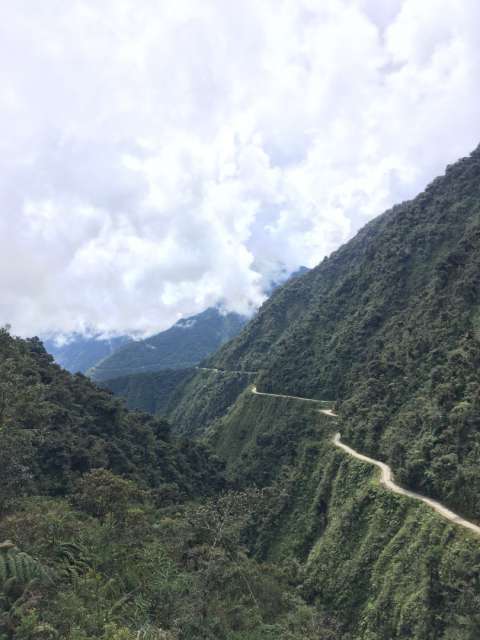
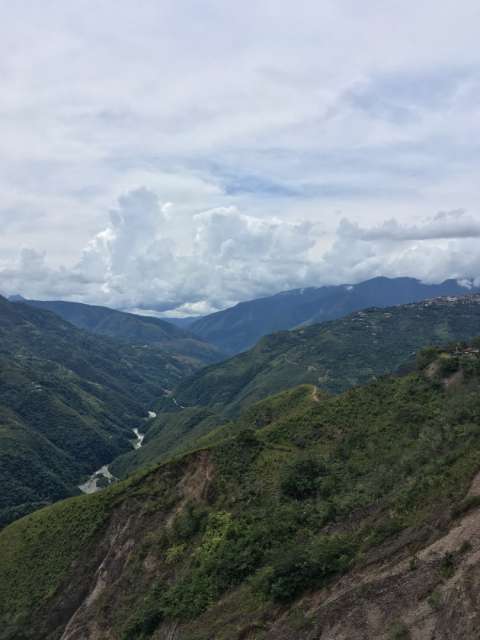
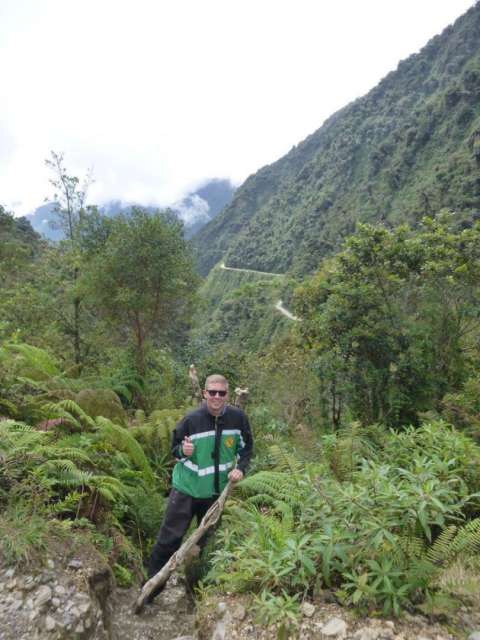
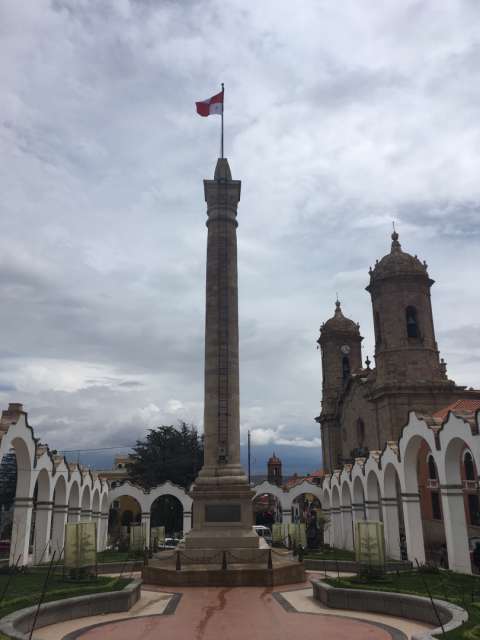
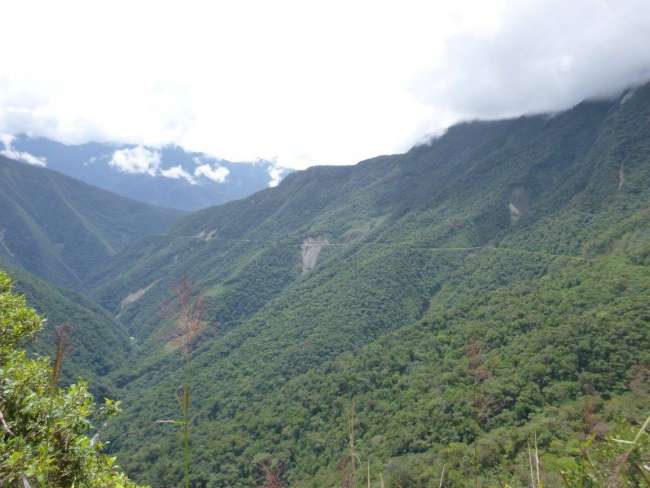
订阅时事通讯
So from Uyuni I went straight to Potosí. A somewhat bumpy ride in the pouring rain through the Andes. When I arrived in Potosí, I tried to take a taxi to the hostel. Problem: I arrived on a holiday and due to various road closures in the city center, no taxi wanted to drive to the destination street. With the help of a pharmacist, I finally got a taxi after about 1.5 hours in the pouring rain, as mentioned above. On site, I then learned that the hostel no longer exists... As compensation, I spent the night in a hotel with my own hot shower - after all, the day had already started at 4:30 am in the salt flats of Uyuni.
In colonial times, Potosí was one of the richest cities in South America, as the mountains in the surrounding area contain silver and other valuable minerals. Accordingly, the central square of Potosí is beautiful, although the mines no longer yield the high returns they did in the past, and the city is largely impoverished. In Potosí, I visited the 'Casa de la moneda' museum. The building was used 400-200 years ago to process raw silver into coins for the Spanish crown. Today, the machines and antique coins have been restored and are exhibited in several rooms. By the way, during the exploitation by the Spaniards, an estimated 8 million indigenous people died in the mines and associated factories under the worst conditions.
Today, you can visit the mines on guided tours and even go underground, but I didn't do that. The average life expectancy of the miners today is 50 years - so one can imagine the conditions to some extent.
So I continued to (official) capital Sucre. Also a beautiful city center, but built like almost all other South American cities. Accordingly, not too exciting, and the next evening, I took a twelve-hour overnight bus to La Paz, the unofficial capital.
Arriving at 5 am, I was fortunately able to check into the hostel room and get some relaxation. Then I went into the crowded, chaotic, and quite polluted city - as expected. The highlight in all Bolivian cities is definitely when a bus passes by and you walk through the black exhaust fumes for what feels like 10 seconds, trying not to breathe. One can only smirk at the VW emission scandal and Western standards - but one appreciates the latter even more.
But in La Paz, there are some small parks for relaxation, and the freshest air can be found when taking the cable car, called the 'Teléfonico', which takes you in gondolas up to the mountains surrounding the city. A breathtaking view is guaranteed.
The second day, I took a walking tour to learn more about the city, its culture, and its people - before going to the Bolivian Clásico in the evening. The two football clubs from La Paz, The Strongest and Bolivar, played 1:4 in the sold-out stadium (42,000). In terms of atmosphere, there was definitely a lot to see, but the game itself was less exciting, although with five goals it was quite enjoyable.
The next day, I went to the most famous road in Bolivia, the 'Death Road'. Those who occasionally watch Galileo will have seen pictures from there before. In the war between Bolivia and Paraguay (about 1930), Paraguayan prisoners of war blew up a road in the Andes to shorten the route from La Paz to the north. However, the single-lane road has no safety measures, and so until 2006, around 20,000 people had accidents on the route, falling up to 600 meters with their vehicles. Since 2007, there has been a modern and safe route, and the old 'Death Road' is only used by local residents and mountain bike tourists (like me).
Different providers offer clothing, equipment, and experienced guides. The starting point was a lake at an altitude of 4700 meters, from which we went downhill for about 20 km on paved road. The bus then took us about 10 minutes further to the starting point of the actual route. From then on, we went downhill for 35 km on a gravel road, with small rivers and waterfalls along the way, until we reached the Bolivian rainforest at around 1100 meters after about 2 hours. There we drove to a restaurant with a pool and stayed there for about 2 hours. 100 mosquito bites were included, just like the food, use of the pool, and pictures of the entire day...
On the way back, the two-hour descent on the gravel road slowly became noticeable, in the form of slight pain in the hands, forearms, and back, but the experience was definitely worth it!
The next stop after La Paz will be Lake Titicaca on the border with Peru. More details will follow in the next few days.
Regards,
Kai
订阅时事通讯
回答

旅行报告玻利维亚

